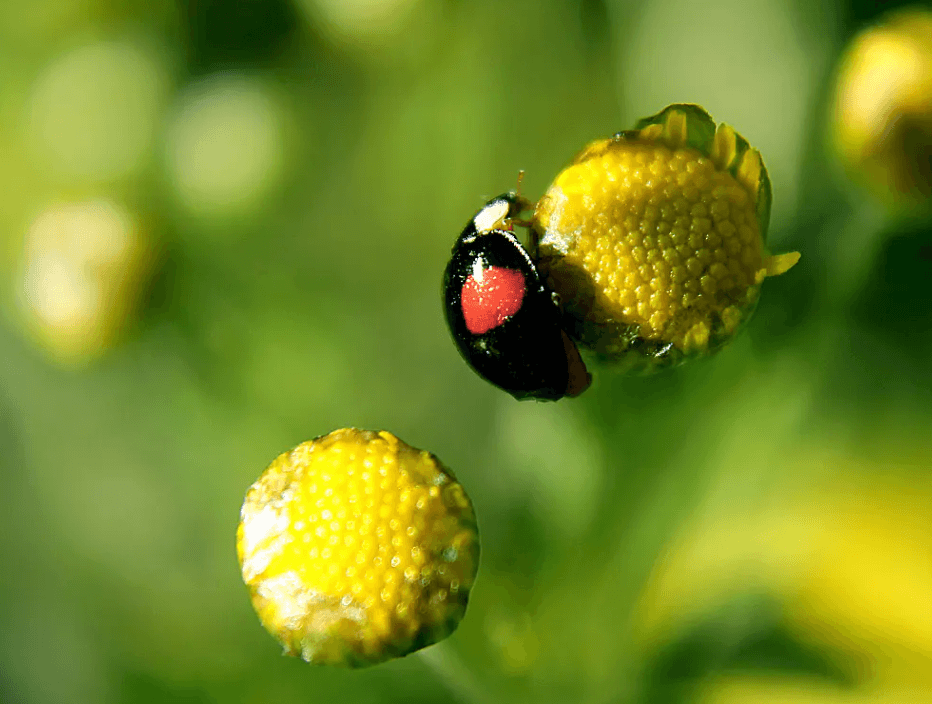Macro photography is a special photography method different from conventional photography, macro photography is to shoot the object and the subject at a very close distance, and can get a larger image than the original object with 1:1 magnification, or even higher. So how does a novice shoot macro? In this article, learn the 6 macro photography tips that new photographers must learn.

1. Understand how apertures work
Aperture is an important setting for any photo, but it's even more important for macro photos. The aperture affects the depth of the field, which determines how much light or the subject will be focused on.
You might think that a wide aperture is the only way to take beautiful macro pictures? Not necessarily. To learn macro, you should first learn the operation of aperture, because depth of field is not only about depth, but also a common macro composition tool. Because you need to know what subject and subject you are shooting, you do not necessarily want to pursue how big the aperture is.
2. Choose your topic
What are you going to photograph? Photographing creatures can take more effort, as simply finding insects or animals can be a challenge, and then you have to work without scaring them away. On the other hand, objects like flowers or other things that can be placed in the desired location will be easier to start using.

3. Use a monopod or tripod to reduce vibration
Because the subjects are very small, macro photography is easy to produce vibration, in order to reduce vibration and get a clearer image, the use of tripod or monopod can help to reduce the vibration caused by the problem, and with the shutter, twice the result with half the effort.
However, it is important to note that the use of a tripod will reduce the photographer's mobility. For some species that move faster, the use of a tripod should be avoided.
In recent years, many lens brands newly developed macro lenses have added the shockproof function, greatly improving the photographer's mobility, we should also pay attention to, if the use of a shockproof technology lens assembly tripod use, need to turn off the shockproof function, so as to avoid the active detection of the shockproof function caused by blurred picture.
4. Use flash to fill the light properly
In order to get a more ideal image, it is best to shoot the subject at the shortest focus distance under the macro lens. However, because the lens is close to the subject, it is very likely to block part of the light, so it is indispensable to use the flash to supplement the light.
You can make a single mirror reflector built-in overhead light, or external overhead flash, there are also some special for macro photography ring flash.At very close range, the photographer can reduce the flash output rate by "flash exposure compensation" or "manual adjustment" to avoid overexposing the subject.
In addition, we should also master the light source, try to use the inverse light source or side light source of Uncle Yang, and then cooperate with the flash as the main body facing the front of the lens as the complement light, a nearly complete image in front of the eyes.

5. Focus with more patience
Focus is the key to success in macro photography, and it's the most painful step. Because the macro photography is relatively small objects and scenery, the focus of the clear range is very small, even if the distance of 1 mm will make the focus of the scene blurred.
The practical focusing method is based on autofocus and assisted by manual focus. First, it aims at the subject for roughly focusing, and then fixes the position for precise focusing by manual mode when the lens focus is locked near the object. When shooting thin and complex images like the one shown above, you must not rely solely on autofocus mode, which may fail to focus or hesitate to focus.
Try to assume that a few millimeters of displacement between the lens and the subject, or a slight shake of the body, will lose a clear image, the dual anti-shake function of the lens can help us a lot at this time. Focusing is an extremely painful and interesting process. We must show more patience to fall in love with the micro world
6. Try new shooting styles
In addition to establishing their own shooting style, we should not limit ourselves too much to a certain composition and Angle. Try to adjust to different situations, because experimentation is a favorite way to try to mix and practice new and old techniques. You don't have to be stuck with "one composition, one Angle" to be creative.
Photography does not need a lot of equipment and accessories will get a good picture, and one of the most important should be familiar with their own photographic equipment, especially beginners, initially expected blindly to pursue professional expensive equipment, rather than from the first exercise equipment owned by the well known in his hand, and try to shoot more to accumulate experience.
When you are comfortable with your equipment, you will get good photos when you take pictures. I hope you can absorb the main points of this article, practice it over and over again, and in fact have the chance to become a master and follow the steps into the world of macro photography.



Share:
Take you through the advantages of 50mm prime lens
5 Macro photography tips to learn